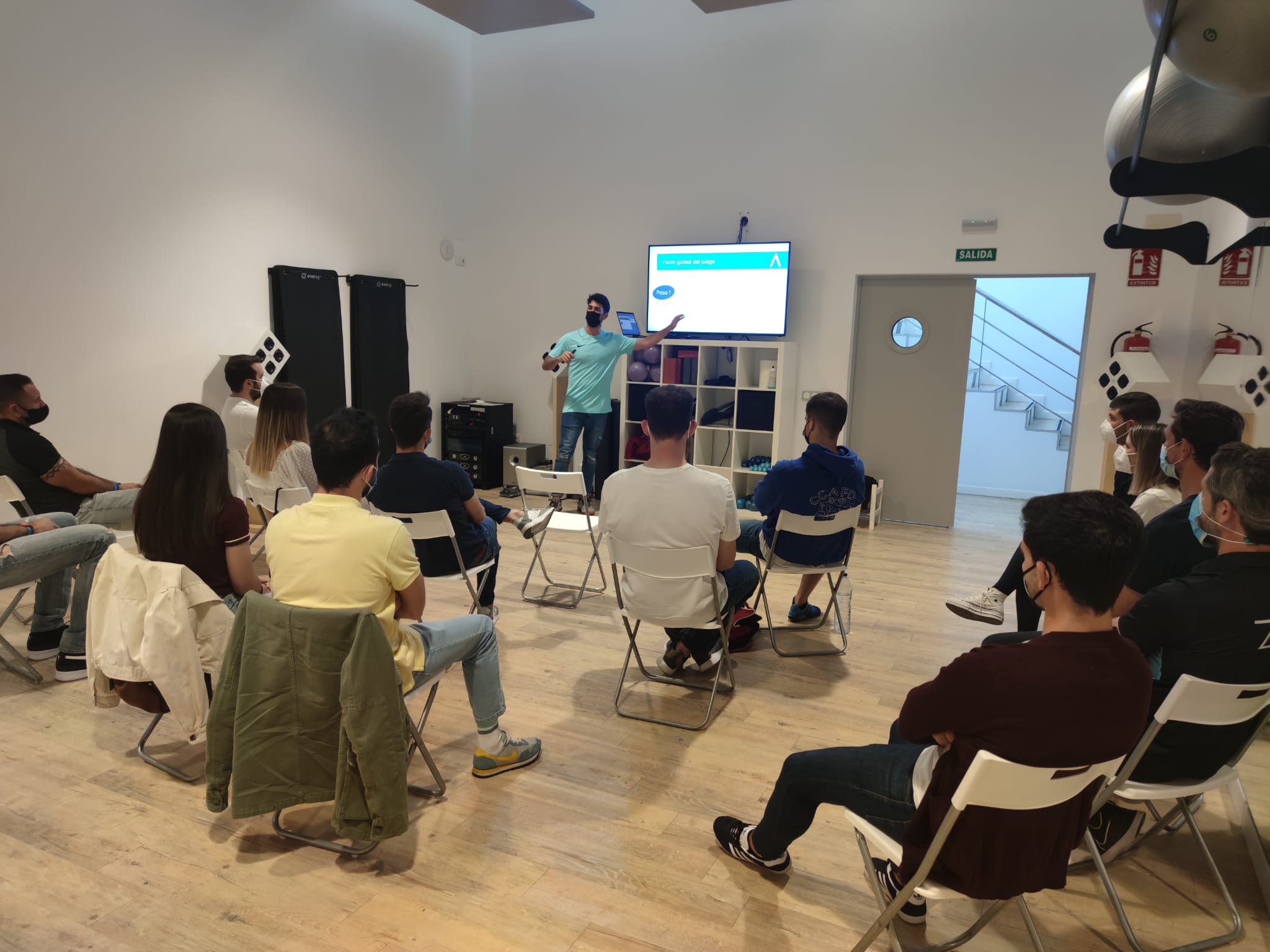Why do I have to apply it ?
Musculoskeletal pain (excluding cancer pain) affects more than 30% of the world's population and is growing every year.

It is estimated that in primary care, around 37% of daily consultations are related to musculoskeletal pain (MSP). This generates the use of many resources that we all pay for. In fact, it has been calculated in the USA that the costs of pain are greater than the sum of treatments for cardiovascular diseases, Alzheimer's, AIDS, diabetes and cancer combined.
A large percentage of these people will suffer a process of chronification, which is defined as pain that persists or recurs for more than 3 months. According to 'Barometer of chronic pain in Spain 2022' it is estimated that 25.9% of the spanish population suffers chronic pain, which translates in more than 9 million people. The economic cost of chronic pain in Spain is estimated at 2.5% of GDP, approximately 16,000 million euros.
The chronification of pain means a significant loss of quality of life for the person, a high level of disability that impacts on the patient's work, social and family spheres. In addition, the difficulty in the care of this pain means high frustration and dissatisfaction for both patients and health professionals.
Among the most frequent clinical pictures of MSD, it has been studied that between 70-80% of adults will have some type of episode of lower back pain during their lifetime. Similarly, 30-40% will have cervical pain, and shoulder pain is the third most common musculoskeletal condition.
1. Gaskin DJ, Richard P. The economic costs of pain in the United States. J Pain. 2012 Aug;13(8):715-24
2. Cid, J. & Andrés, J. & Reig, Enrique & Pozo, Catalina & García-Cruz, A.. (2001). Mechanic-degenerative cervical and lumbalgias. Conservative treatment. Update. Journal of the Spanish Pain Society. 8. 79-100.


